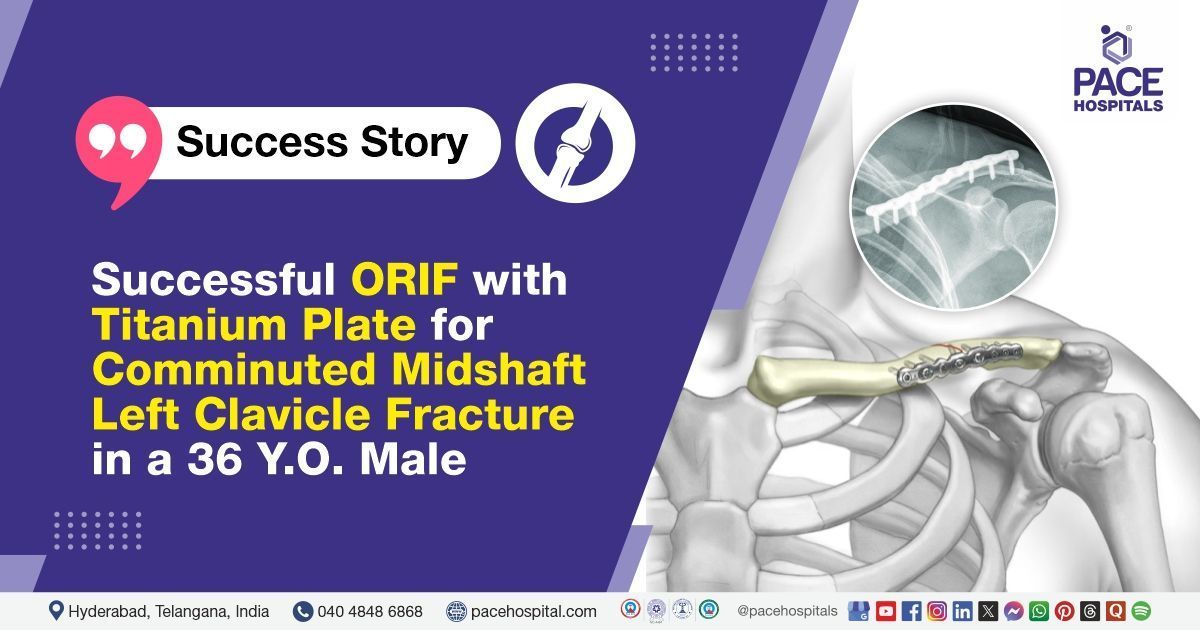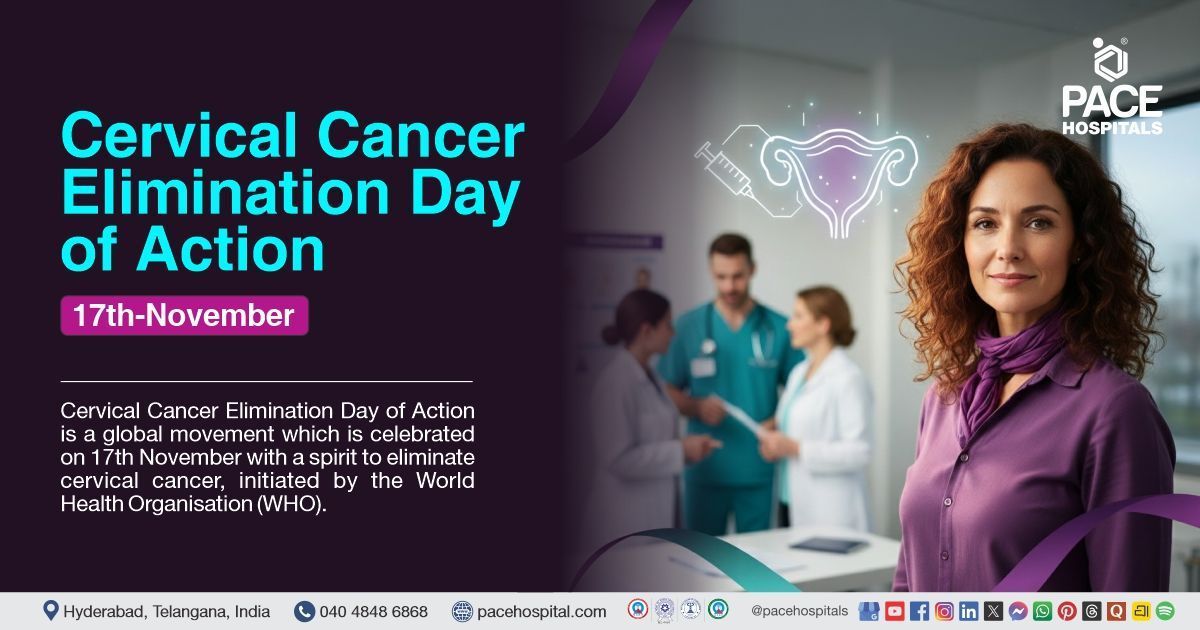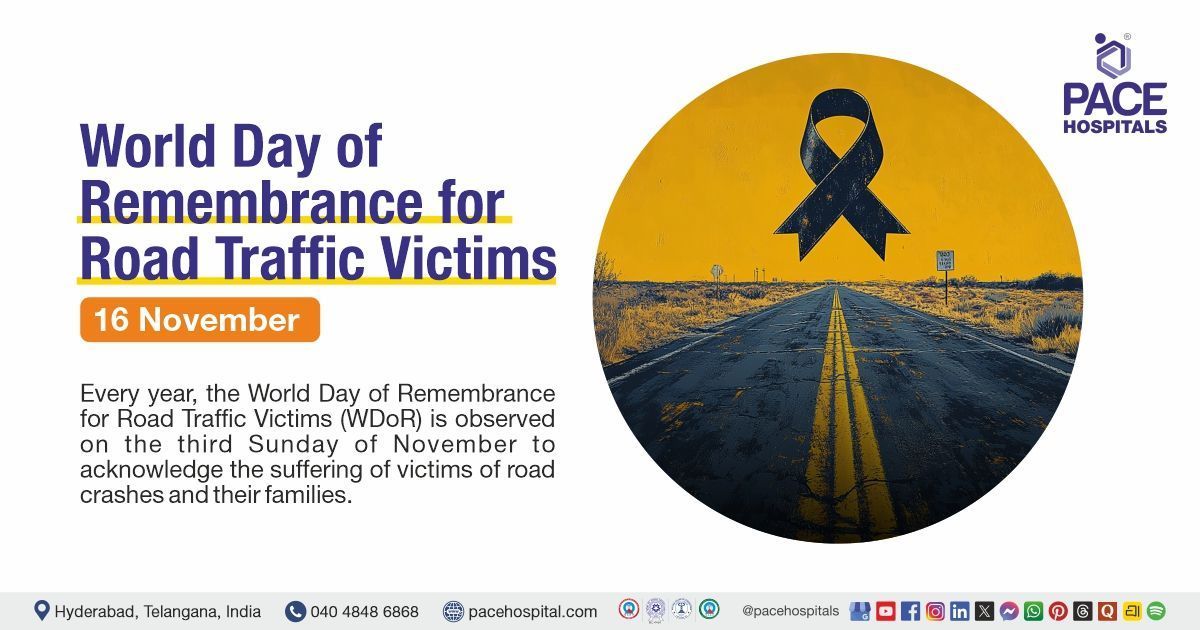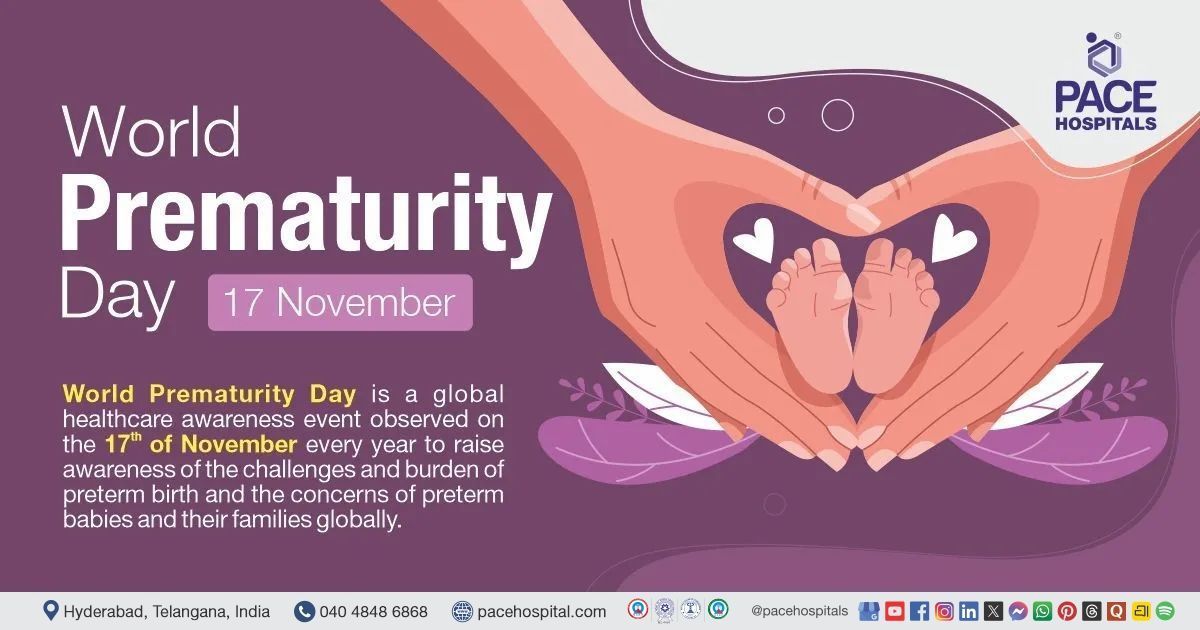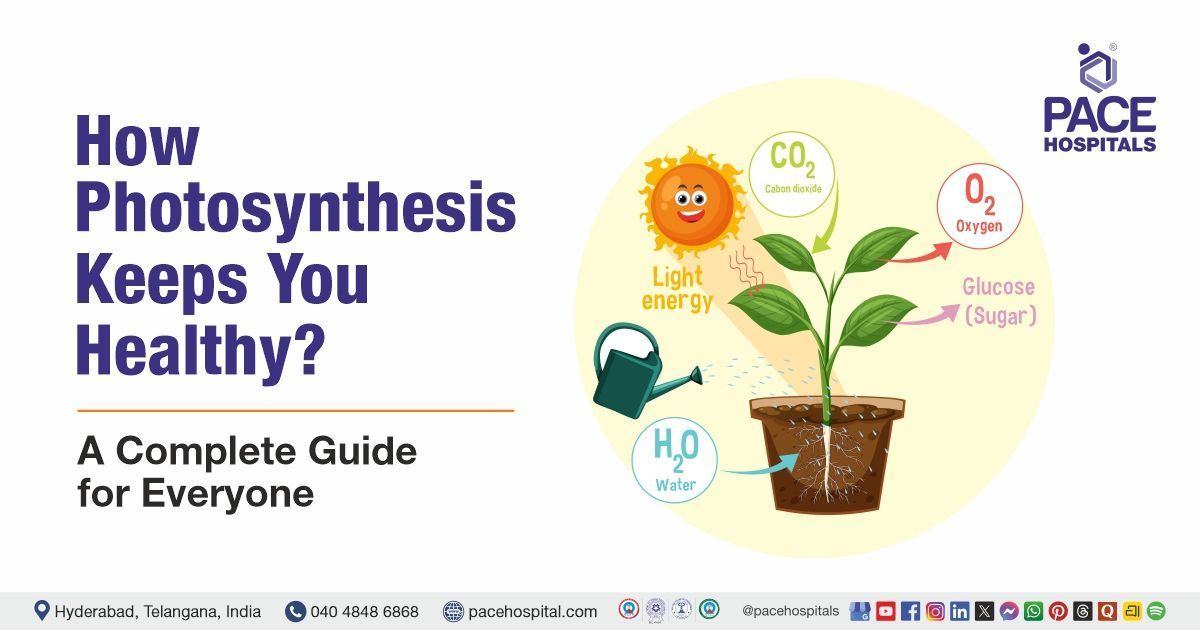Successful ORIF with Titanium Plate for Comminuted Midshaft Left Clavicle Fracture in a 36 Y.O. Male
PACE Hospitals
PACE Hospitals' expert Orthopaedic team successfully performed an Open Reduction and Internal Fixation (ORIF) using a titanium plate and screws on a 36-year-old male patient who presented with a long oblique, comminuted, and displaced fracture of the middle third of the left clavicle. The aim of the procedure was to anatomically realign the fractured bone fragments and provide stable internal fixation to facilitate proper healing and restore normal shoulder function.
Chief Complaints
A 36-year-old male patient with a
body mass index (BMI) of 22 presented to the Orthopaedics Department at
PACE Hospitals, Hitech City, Hyderabad, with complaints of pain over the left clavicular region, associated with restricted movement of the left shoulder joint. The symptoms followed an alleged history of a road traffic accident (RTA).
Past Medical History
There was no history of other chronic conditions, such as
diabetes,
hypertension, or
liver disease, documented at the time of admission.
On Examination
On examination, the patient was conscious, alert, and oriented to time, place, and person. Vital signs and Glasgow Coma Scale were within normal limits, and the patient was afebrile. Local examination of the left clavicle revealed deformity, swelling, tenderness over the middle third, and palpable crepitus. The range of motion of the left shoulder was grossly restricted and painful. The distal neurovascular status of the left upper limb was intact. Systemic examination showed no abnormalities in the cardiovascular, respiratory, gastrointestinal, or central nervous systems.
Diagnosis
Following the clinical examination, the Orthopaedics team conducted a comprehensive assessment, including a detailed review of the patient’s medical history and a focused evaluation of the left clavicular region.
To confirm the diagnosis and evaluate the extent of the injury, a comprehensive clinical and systemic examination was performed. The patient exhibited swelling, visible deformity, and tenderness over the middle third of the left clavicle, along with palpable crepitus. The range of motion in the left shoulder was grossly restricted and painful. However, distal neurovascular status remained intact, and systemic examination revealed no significant abnormalities. A 2D echocardiogram demonstrated normal cardiac structure and function.
Initial X-rays of the left clavicle were obtained to assess the type and severity of the injury. Radiographic findings confirmed a long oblique, comminuted, displaced fracture of the middle third of the left clavicle. These clinical and radiological findings established the diagnosis and guided the treatment plan.
Based on the confirmed diagnosis, the patient was advised to undergo
Collarbone Fracture Treatment in Hyderabad, India, under the care of the Orthopaedic Department, ensuring effective stabilization and optimal functional recovery.
Medical Decision-Making (MDM)
After a detailed consultation with Dr. Anand Agroya, Senior Orthopaedic Consultant, a comprehensive evaluation was performed to determine the most appropriate diagnostic and therapeutic approach. Considering the patient’s history of road traffic accident (RTA), clinical presentation of pain, swelling, visible deformity over the left clavicle, and restricted shoulder movements, a focused local examination and radiological assessment were undertaken to formulate an optimal treatment strategy.
Based on the clinical findings and imaging, which confirmed a long oblique, comminuted, displaced fracture of the middle third of the left clavicle, it was determined that open reduction and internal fixation (ORIF) with titanium plate and screws (3.5 System - PDL) was identified as the most suitable surgical intervention to achieve anatomical realignment, ensure fracture stability, relieve pain, and prevent long-term complications such as non-union, malunion, or impaired shoulder function.
The patient and family members were thoroughly counselled regarding the severity of the injury, the necessity of surgery, the surgical procedure, the associated risks, and the expected recovery process.
Surgical Procedure
Following the diagnosis, the patient was scheduled for Open Reduction and Internal Fixation (ORIF) of the Left Clavicle Surgery in Hyderabad at PACE Hospitals, with titanium plate and screws under the expert under the supervision of the expert orthopaedic Department.
The procedure involved the following steps:
- Incision and Exposure: A longitudinal incision was made over the middle third of the left clavicle. Careful dissection was performed through the subcutaneous tissue and platysma muscle to expose the fracture site while preserving the surrounding neurovascular structures.
- Fracture Site Preparation: The fracture fragments, which were long, oblique, comminuted, and displaced, were identified. Hematoma and any soft tissue interposition were cleared from the fracture site to facilitate anatomical reduction.
- Fracture Reduction: Using bone-holding forceps and clamps, the fracture fragments were realigned to restore the normal anatomical contour of the clavicle. Temporary stabilisation was achieved to maintain alignment before fixation.
- Internal Fixation: A pre-contoured titanium plate (3.5 system – PDL) was positioned superiorly on the clavicle. The plate was secured to the bone using multiple cortical and locking screws, ensuring rigid fixation and stable alignment. Intraoperative fluoroscopy confirmed proper placement of the hardware and fracture reduction.
- Wound Closure and Dressing: The surgical area was thoroughly irrigated with sterile saline. Hemostasis was secured, and the wound was closed in layers with absorbable sutures for the deep tissues and non-absorbable sutures for the skin. A sterile dressing was applied, and the limb was supported in an arm pouch sling for immobilisation.
Postoperative Care
The postoperative period was uneventful. The patient was kept under observation and monitored for any immediate complications. Adequate intravenous antibiotics, analgesics, and supportive medications were administered. The surgical wound was dressed regularly and remained dry and intact throughout the hospital stay. The patient was stable at the time of discharge.
Discharge Medications
Upon discharge, the patient was prescribed a tailored medication regimen to aid in postoperative recovery. This included an antibiotic for infection prophylaxis, a non-steroidal anti-inflammatory drug (NSAID) for pain relief and inflammation control, and a selective COX-2 inhibitor to be used as needed for breakthrough pain. Additionally, a proton pump inhibitor (PPI) was included to protect the gastrointestinal tract from potential irritation caused by the use of NSAIDs and antibiotics.
Advice on Discharge
The patient was advised to continue using the arm pouch until further medical review. Chest physiotherapy was continued as per the physiotherapist’s instructions. The patient was instructed to keep the surgical dressing dry at all times.
Emergency Care
The patient was informed to contact the emergency ward at PACE Hospitals in case of any emergency or development of symptoms such as fever, shoulder pain, and vomiting.
Review and Follow-Up
The patient was advised to return for a follow-up visit with the Orthopaedic Doctor in Hyderabad at PACE Hospitals after 3 days for further dressing.
Conclusion
This case highlights the successful management of a comminuted, displaced midshaft clavicle fracture through open reduction and internal fixation. The patient had an uneventful postoperative recovery with appropriate medications and wound care. Early mobilization and physiotherapy were initiated. Overall, the outcome was favorable with stable fixation and good functional progress.
Optimal Approach to Midshaft Clavicle Fracture Management
Midshaft clavicle fractures, especially when comminuted and displaced, often require surgical intervention to restore anatomical alignment and ensure stable fixation. Open Reduction and Internal Fixation (ORIF) with plating is the preferred method in such cases, providing better outcomes compared to conservative treatment. Early surgical management by an experienced orthopaedic doctor / orthopaedic surgeon reduces the risk of nonunion and malunion, while facilitating faster functional recovery.
Post-operative care includes pain management, physiotherapy, and regular follow-up for monitoring bone healing. Patient education and adherence to rehabilitation protocols are essential for regaining full shoulder function. Modern implants like titanium plates offer biocompatibility and durability, enhancing surgical success rates.
Share on
Request an appointment
Fill in the appointment form or call us instantly to book a confirmed appointment with our super specialist at 04048486868

